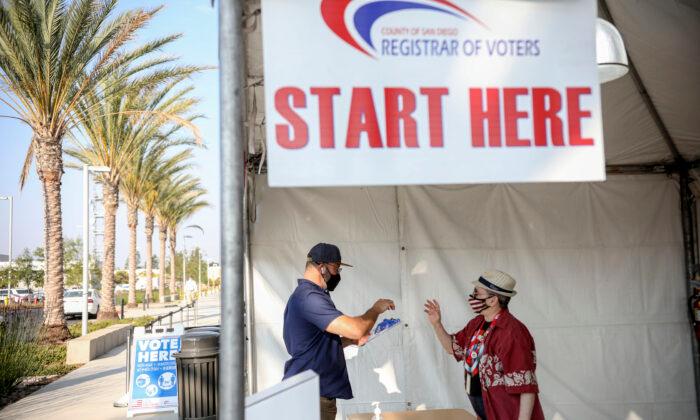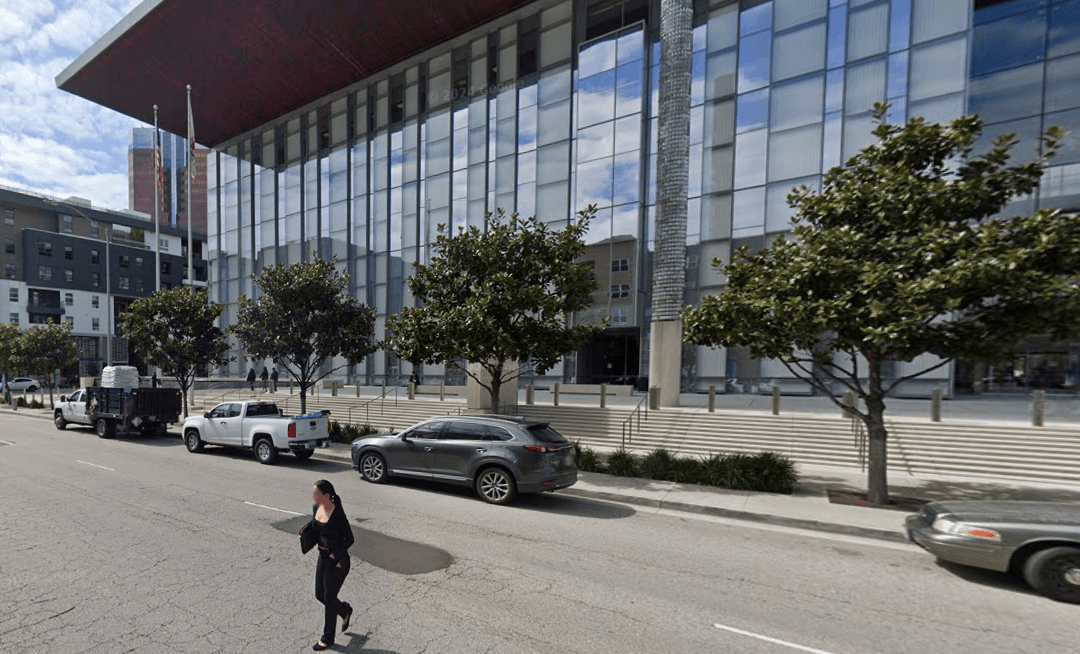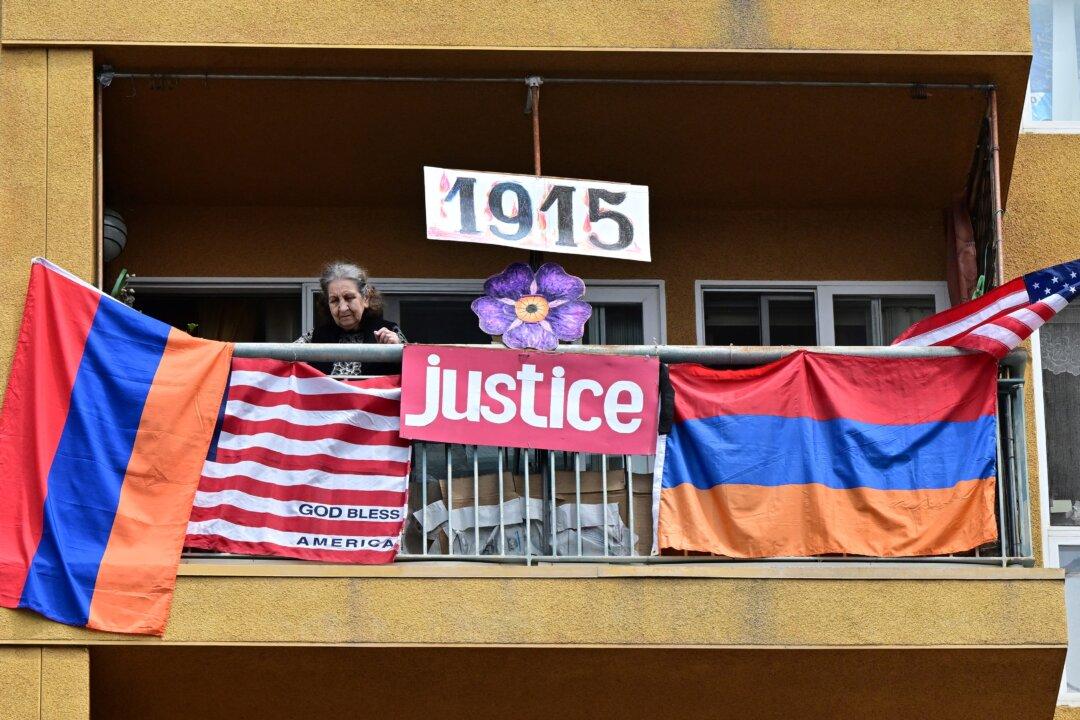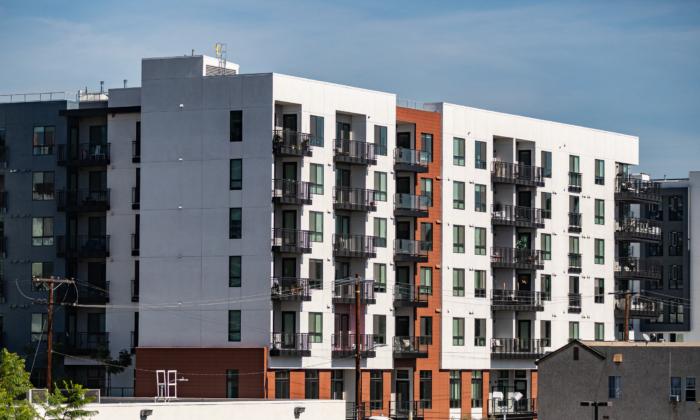The San Diego Board of Supervisors unanimously adopted a regional model Oct. 19 that will allow residents to receive a vote-by-mail ballot, and replace traditional polling locations with regional vote centers.
Board Chairman Nathan Fletcher made the proposal for the regional model, which is outlined in the California Voter’s Choice Act (CVA). He thanked his colleagues for their support.
“Our democracy is stronger when more people participate in our elections, and today’s action helps us drive closer to achieving that goal,” Fletcher said. “Establishing regional vote centers and expanding the use of mail-in ballots will remove barriers to voting, make voting more convenient and ensure all voters can participate in fair, accurate, and transparent elections.”
The changes will be in effect for the June 2022 gubernatorial primary election. All active voters will receive a ballot with pre-paid postage, which can be returned by mail, at drop-off locations or the vote center. Vote centers will be open for four days including Election Day, and some vote centers will be open up to 10 days prior to Election Day.
Vote centers can also offer replacement ballots, language assistance, and same-day voter registration.
Supervisor Jim Desmond—who said he previously suggested vote centers, especially for unincorporated areas—said that because everyone receives mail-in ballots, the proposal was “kind of moot at this point.”
Desmond said he hopes there will be enough voter center locations to benefit everyone, and added that community outreach is needed to address the concerns of skeptical residents.
“Everybody needs to figure out how this is going to work,” Desmond said.
Fifteen California counties, representing nearly 50 percent of California voters—including Los Angeles County and Orange County—have already moved to the vote center model.
The Secretary of State has confirmed 10 additional counties that will transition to VCA in 2022. These include Alameda, Kings, Marin, Merced, San Benito, Santa Cruz, Sonoma, Stanislaus, Ventura, and Yolo counties.
The 25 counties that have already transitioned or will transition to the VCA in 2022 represent a total of 13,604,289 registered voters, or nearly 62 percent of California voters, as of Aug. 31.
During Tuesday’s meeting, Fletcher and other supervisors said there must be robust public outreach so residents understand exactly how the regional model works.
Supervisor Nora Vargas said that the last two elections—in which many voted by mail due to the COVID-19 pandemic—showed the regional method was successful.
Other counties that switched also saw higher rates of voter participation by all groups, said Vargas, who said the regional method was also a racial justice and civil rights issue.
In the coming months, the county Registrar of Voters will hold public meetings and workshops to educate residents.
Helen Robbins-Meyer, chief administrative officer, said it was very important that public outreach also include redistricting maps—which are being redrawn in conjunction with the 2020 U.S. Census—so people understand who their new representatives are.






Friends Read Free